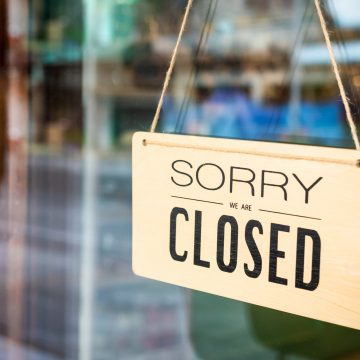
Effective September 16, 2020, the United States Department of Labor (DOL) has revised a significant rule regarding the applicability of paid leave requirements under the Families First Coronavirus Response Act (FFCRA) to workers classified as “health care providers”. Pursuant to both the Emergency Paid Sick Leave Act (EPSLA) and the Emergency Family and Medical Leave Expansion Act (EFMLEA), employers are able to exclude employees classified as health care providers from the paid leave provisions of either or both the EPSLA and EFMLEA.
As originally effective on April 1, 2020, employers were able to properly exclude a very broad category of workers, including but not limited to “any individual employed by an entity that contracts with any of these institutions [e.g., doctor’s office, home health care, nursing home, etc.] to provide services or to maintain the operation of the facility where that individual’s services support the operation of the facility” from coverage of the FFCRA leave provisions. This definition included employees far beyond the traditional definition of a “health care provider” used in other federal statutes or in the common lexicon.
Subsequently, in August 2020, a ruling by the United States District Court of the Southern District of New York invalidated several provisions of the FFCRA, including the definition of “health care provider”. Following the court’s decision, the DOL issued revised regulations to be effective September 16th, to clarify, uphold and/or revise the FFCRA and address the District Court’s ruling. The most significant of the changes is the revised definition of “health care provider” which narrows the scope of applicable employees. For the remainder of 2020, regarding the FFCRA and leave provisions under the EPSLA and EFMLEA, an employer can exclude “health care providers” who are actually involved in the provision of patient care. Although the new definition still includes far more employees than medical diagnostic professionals, for example, it is tailored to require that exempted employees must be involved at some level in a patient’s care and not simply an employee in the health care system. Some examples of health care providers under the revised rule are nurses, nurse assistants and lab techs who perform diagnostic tests. Likewise, examples provided by the DOL of employees who are no longer considered health care providers for the purposes of the FFCRA are IT professionals, medical billers, records managers and human resources personnel.
What does this mean?
If you as an employer have previously exempted your employees from one or both of the paid leave provisions of the FFCRA based on the ‘old’ definition of “health care provider” you would be wise to reevaluate all such exemptions immediately to verify that each individual employee is exempt based on their individual job duties rather than the business of the employer. Failure to do so may result in the improper exemption of certain employees from required paid leave provisions and the employer may be subject to potential penalties, not to mention litigation, based on noncompliance with federal law. If you have questions about the EPSLA and EFMLEA update, please do not hesitate to contact your Carlile Patchen & Murphy LLP attorney.





0 Comments